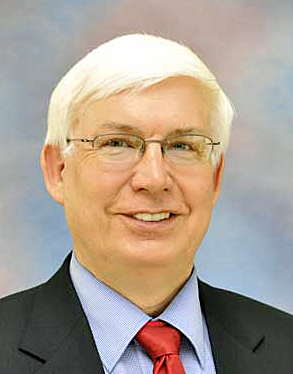By John Redmond
 When I was a shiny new member of our Unification Family, I was completely entranced with the Divine Principle.
When I was a shiny new member of our Unification Family, I was completely entranced with the Divine Principle.
I had spent the previous several years seeking an intellectual framework that could bridge the gap between Catholicism and the scientific method. I flirted with Marxism until I got to know some of the “leadership” of the campus Marxists and was not impressed with their sense of self-importance.
However, I didn’t have any constructive way to respond to the arguments they advanced — until I encountered the Principle.
The second thing that impressed me about this group of fellow seekers, who believed as I did, was we could be a model of the things we were talking about, and together, we could heal God’s broken heart, and significantly improve the world. Those people, currently both in and out of the various parts of the movement, remain my best and most admired friends.
I still believe that living our ideal is the primary providential responsibility of our rank-and-file members.
I fired out of three weeks of workshops with a conviction that anyone who could hear this new truth would instantly be overwhelmed and brought to the realization that we could indeed, as one elder assured me, “reach perfection in three years if we were sincere.”
I started out as a good fundraiser but frequently would get drawn into long involved discussions with interesting individuals, Christians, communists, rabbis, and drunks, frequently resulting in me missing my pickup time and my captain having to send team members into stops on my run and reminding me about what I was supposed to be focused on.
At evening programs, and in workshops, I was the guy locked in detailed arguments with guests about how “Jesus didn’t come to die” or why dialectical materialism was a limited point of view.
As Jonah Goldberg recently wrote, I was a captive of reification:
“…’the act of treating something abstract, such as an idea, relation, system, quality, etc., as if it were a concrete object.’ This confusion of words for things is a great peeve of mine. In logic, there’s a reification fallacy, in which we confuse the model for the reality: The map isn’t the territory.”
As I came to understand, no matter how clever the argument, how powerfully and clearly stated, no one could “hear” the Principle until they were understood and accepted it as a person. A few precepts come to mind: “Actions speak louder than words,” “I can’t hear what you are saying because of what you are doing,” and “Always be witnessing, and sometimes use words.”
A second round of this understanding was deepened by my children. I came to understand that “free will” is not a political concept, but the primary spiritual gift from God to all His/Her children — including mine. Our family is now on the 400-year plan to create unity. It may take less time but it won’t be because I explained about the Principle one more time to anyone.
As a family, we have decided that love is more important than doctrine, and that a successful defense of God is through a lifelong example rather than clever lectures.
This same lesson is now coming to our Unification Family. The Divine Principle explains that objects grow vertically through three stages of growth and make horizontal progress through Origin, Division, Union action.
Continue reading “Patient Love Is More Important Than Doctrine”

















Recent Comments